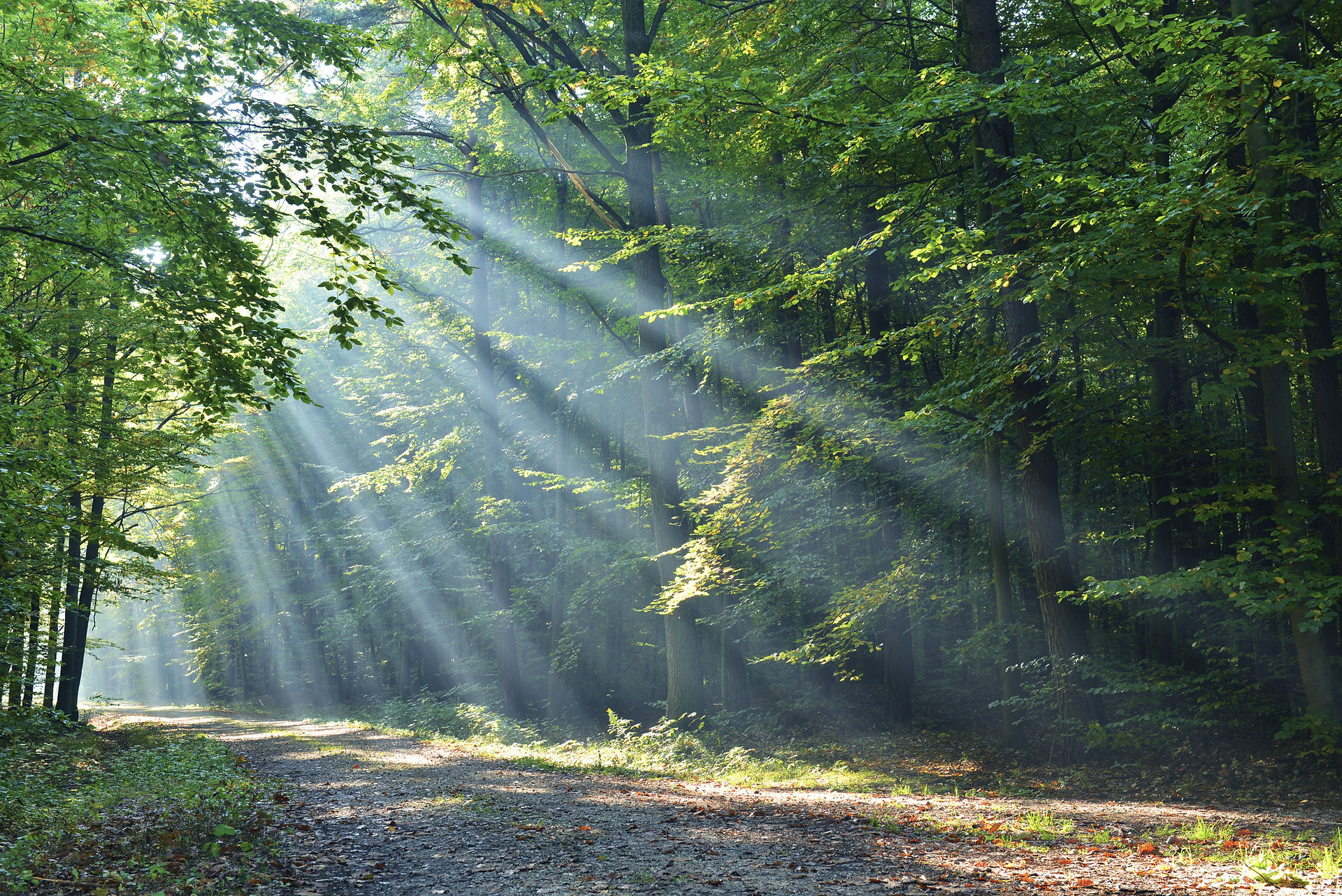
המאמר מתוך הספר: הורות ברוח הטאו והרפואה הסינית
עצות חינוכיות תזונתיות ובריאותיות / ארם צייג 2019.






סינוסיטיס דלקת של הסינוסים המחלה לא אופיינית לילדים ולילדים צעירים
בפרט הסינוסים מתפתחים רק בגיל 4-5 הסינוסים הם חללים בגולגולת שמטרתם
להפחית ממשקל הגולגולת החללים בנויים כמערה פתח קטן לחלל גדול..... לקריאת המאמר לחץ כאן
סינוסיטיס דלקת של הסינוסים המחלה לא אופיינית לילדים ולילדים צעירים
בפרט הסינוסים מתפתחים רק בגיל 4-5 הסינוסים הם חללים בגולגולת שמטרתם
להפחית ממשקל הגולגולת החללים בנויים כמערה פתח קטן לחלל גדול..... לקריאת המאמר לחץ כאן




פאזת העץ


Emotional Wind (Gui)
Sensory Characteristic: In addition to a pulse’s regular feel – pulsating up and down – this pulse reflects an additional crosswise wavelike movement, from the elbow toward the palm – like waves or the wind. A pulse that is reflective of an Emotional Wind can appear in a variety of different forms, all of which are characterized by rapid movement and instability.
Associated Images: Waves, a flowing river, wind, a marble rolling on a stone floor.
Emotional Association: Restlessness, confusion, instability, constant movement.
In the Clinic: This pulse can appear at a variety of positions and is common at the LIV and KID positions.

Unrooted
Sensory Characteristic: This pulse’s initial feeling is strong and pulsating, similar to the pulse that reflects cold, but contact is lost when it is pressed downward. Feels unrooted.
Associated Images: A helium balloon, a cloud, a kite.
Emotional Association: Expectation, lack of contact, indifference, shock.
In the Clinic: This pulse is indicative of lack of presence and is typical of unresolved conflict. When you lose your way, you lose your footing.




